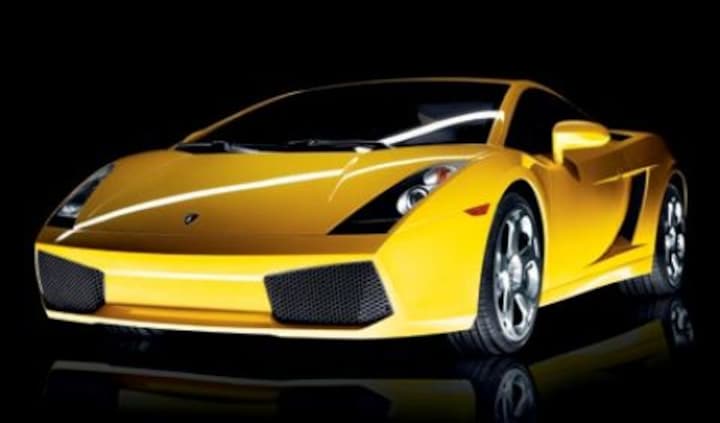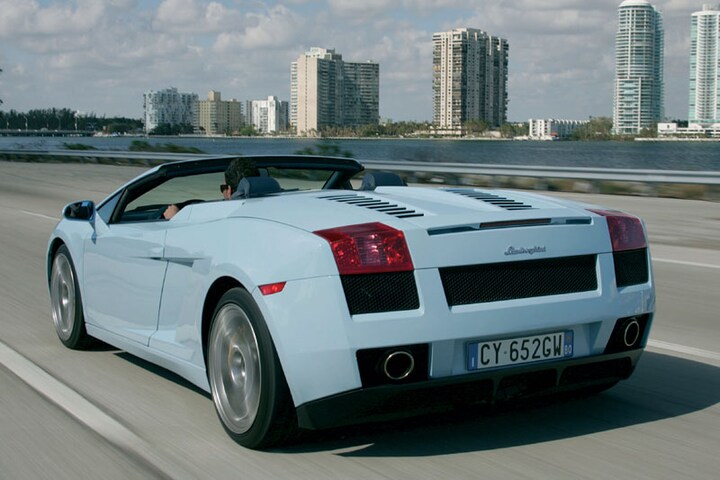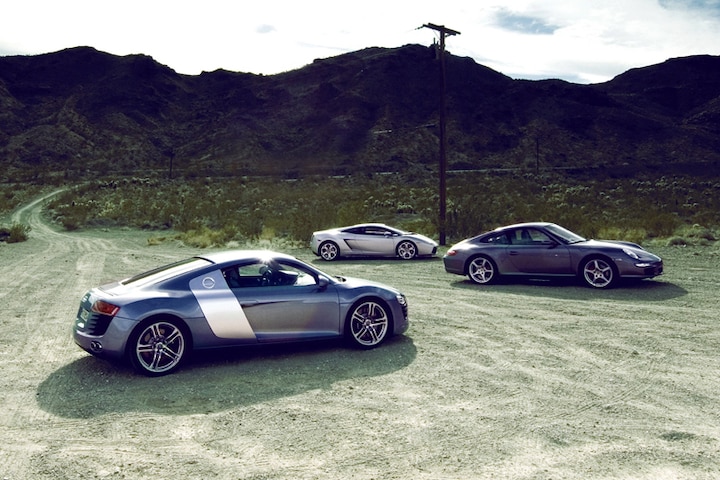2003-2013: 14,022 units

Twenty years ago we were introduced to Lamborghini’s smallest, the Gallardo. A fabulous Italian who, with his wonderful V10, was perhaps even more fun than his big brother, the Murciélago. We look back, how we started twenty years ago with the Gallardo that would become a huge cash cow for Lamborghini.
A bit irreverently we could call the Gallardo the successor to the Jalpa, a further development of the Silhouette that should have ensured decent sales figures as an ‘affordable Lamborghini’. The Jalpa was not a model of Italian design passion, nor was it a great success. After 1988, this typical 80s supercar was over. Ten years ago, the Italians dared to do it again with the VAG group at the helm.

We were not disappointed. We met a canary yellow Gallardo that gave us shivers down the spine with its howling V10. 500 hp, four-wheel drive… and a ten-cylinder derived from an Audi V8. Ouch, the purists weren’t so pleased, but the sound of the chunk of violence made up for it all. Lamborghini had its sights set on the Porsche 911 and Ferrari 360, both exotics that were theoretically suitable for everyday use.
With its four-wheel drive, the youngest member from Sant’Agata managed to provide buckets with grip. Full throttle and with the needle of the tachometer towards 8,000 rpm, fortunately there was still quite a bit to play in the baby Lamborghini. Due to practical considerations, the Gallardo was not given gull-wing doors, but that should not spoil the fun, as befits a real exotic, it was fortunately still full of wonderful quirks. An extremely small trunk, control buttons borrowed from home-garden-and-kitchen Audis, you had to take it for granted. Well, if you shot over the asphalt at a maximum of 305 km / h, that was the last thing you cared about.

Of course Lambo’s smallest was also stripped of its roof. The result was the Spyder, a sunny Italian that we were allowed to sniff at the end of 2006. By now we had gotten used to the Gallardo, and we were actually a bit disappointed that it looked meaner than it really was. “Dirty tricks are alien to this Italian,” we wrote. A drawback? No, we christened the Gallardo ‘sublime in every way’ and with its ‘rag-sharp handling’ and ‘eye-pleasing looks’ we could hardly imagine a finer supercar.

In 2007 we parked three German horsepower executioners directly opposite each other. The Porsche 911 and Audi R8 were allowed to sink their teeth into the Italian beauty, and they did so with pleasure. With the R8, Audi managed to create an even more accessible sports car that unfortunately lost some of its sharpness. In terms of driving pleasure, the sacred three-digit combination triumphed, but purely in terms of experience, the Gallardo remained unsurpassed, although it came with a very hefty price tag at 212,000 euros.
In recent years we have seen the Gallardo in various action jackets. Some horsepower were added here and there and in 2008 it was briefly facelifted. Highlights in between? In addition to frightening rear-wheel drive versions, the rock-solid Superleggera is undisputed, which lost 100 kilos and gained some horsepower. Hard as nails, extreme and terribly desirable. In 2013, ten years after its presentation, the curtain fell and the last of 14,022 Gallardos was built. This makes it one of the most successful supercars ever. The introduction of the Gallardo increased Lamborghini’s annual production from 250 to 2,000 units per year. A month after the production stop, we knew everything about its successor, the Huracán, for which the curtain falls next year.
.
– Thanks for information from Autoweek.nl